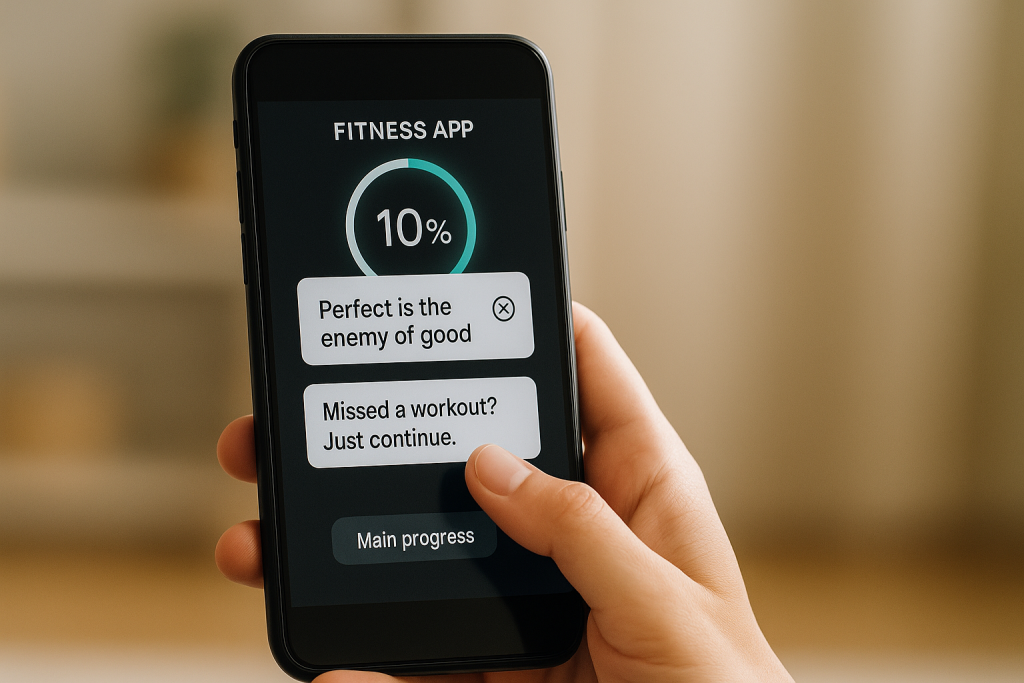
January 1st. The gyms are packed, the running trails are crowded, and the air is thick with resolve. Yet, by mid-February, the crowds have thinned. The enthusiasm has waned. The goals set with such fervor have been quietly abandoned. If you’ve ever been part of this statistic, know this: it’s not a lack of willpower. It’s a flawed strategy. The 90% fail for predictable, fixable reasons. The 10% who succeed simply understand and navigate these pitfalls. Let’s break down why most goals fail and how you can engineer your success.
The Three Pillars of Failure:
1. The “All or Nothing” Mindset: This is the single biggest dream-killer. You decide to get fit and immediately go from zero to one hundred: a brutally restrictive diet, two-hour gym sessions seven days a week, and the complete elimination of any “fun” foods. This approach is not sustainable. It leads to burnout, mental fatigue, and injury. When you inevitably miss one workout or eat a “forbidden” food, the mindset tells you, “Well, I’ve ruined it. I might as well quit.” This binary thinking is a trap.
2. Vague, Uninspiring Goals: “I want to get in shape” or “I want to lose weight” are not goals; they are wishes. They lack specificity, a timeline, and a compelling “why.” Without a clear target, you have no roadmap. How do you know if you’re “in shape”? What does that even mean? A vague goal provides no direction and, consequently, no lasting motivation when the initial excitement fades.
3. Focusing Solely on the Outcome, Not the Process: People become obsessed with the number on the scale or the look in the mirror. When progress is slow (as it naturally is), they get discouraged. The 10% understand that the real goal is to fall in love with the process itself—the feeling of a good workout, the energy from eating well, the discipline of showing up. The outcome is simply a byproduct of consistent, daily actions.
How to Be in the 10%: The Blueprint for Success
1. Embrace “Something is Better Than Nothing”: Shatter the all-or-nothing mentality. Did you plan for a 45-minute workout but only have 15? Do the 15 minutes. Is a perfect, home-cooked meal not an option? Make the healthiest choice available. Consistency trumps intensity every single time. Five 30-minute workouts per week are far more effective than one agonizing 3-hour session that leaves you unable to move for days.
2. Set SMART Goals: Make your goals Specific, Measurable, Achievable, Relevant, and Time-bound.
Vague: “I want to lose weight.”
SMART: “I will lose 10 pounds in the next 12 weeks by strength training 3 times per week and walking 10,000 steps daily, so I can feel confident and energetic on my beach vacation.”
The SMART goal gives you a clear target and a concrete plan to get there.
3. Build Identity-Based Habits: Instead of saying “I want to run a 5k,” start by saying “I am a runner.” Then, act like one. What do runners do? They run regularly, they stretch, they hydrate. Focus on becoming the type of person who achieves those goals, one small behavior at a time. Start with a habit so small it’s impossible to fail—like doing five push-ups a day or walking for 10 minutes. This builds momentum and reinforces your new identity.
4. Track and Celebrate Process Wins: Don’t just track pounds lost. Track workouts completed, weights lifted, improvements in your mood, inches lost, or the fact that you chose a salad over fries. Celebrating these small wins releases dopamine, reinforcing the positive behavior and making you want to repeat it. This turns the journey itself into a rewarding experience.
The difference between the 90% and the 10% isn’t genetics or superhuman willpower. It’s a smarter, more sustainable approach. Ditch the perfectionism, define your target, and fall in love with the daily grind. Your success is not a matter of chance; it’s a matter of design.
